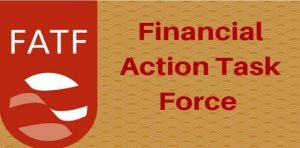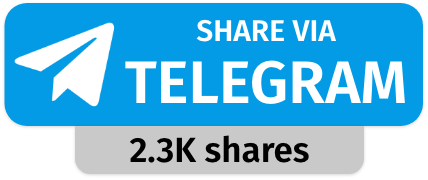FATF’s Comprehensive Update on Terrorist Financing Risks 2025:

The FATF’s 2025 report highlights how accused in major terror incidents in India—including the Gorakhnath attack and Pulwama bombing—used online payment platforms, VPNs, and e-commerce sites to fund and execute terrorism.
FATF’s Comprehensive Update on Terrorist Financing Risks 2025:
- Digital Tools in Terror Financing: Increasing use of e-commerce, crypto assets, VPNs, and fintech platforms to fund terrorist activities anonymously. E.g.: Gorakhnath attacker used PayPal and VPNs to fund ISIL-linked operations.
- Terrorist Abuse of E-Commerce (EPOMs): Terrorists exploit e-commerce platforms (like Amazon) to purchase materials covertly. E.g.: Pulwama bomber bought aluminium powder via Amazon.
- Crypto & Anonymity Tools: Growth in unregulated crypto markets and mixer services pose serious tracking challenges for investigators.
- Third-Party Payment Gateways: Online intermediaries are used to route funds between foreign sources and terrorists, complicating traceability.
- Lone Actor Threats Rising: Radicalised individuals act independently, often funded via online crowdfunding, social media, or gaming platforms.
- Trade-Based Terror Financing: Use of under/over-invoicing via online storefronts to launder funds and move value undetected.
- Geographic Spread: South Asia, West Africa, Sahel, and Middle East remain high-risk regions; India cited as a critical case study.
- Global Weak Oversight: Many jurisdictions lack sufficient KYC, AML, and CTF frameworks for digital platforms.




